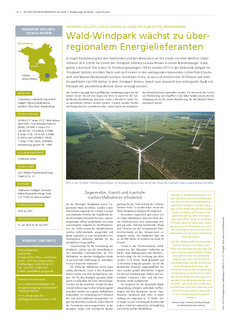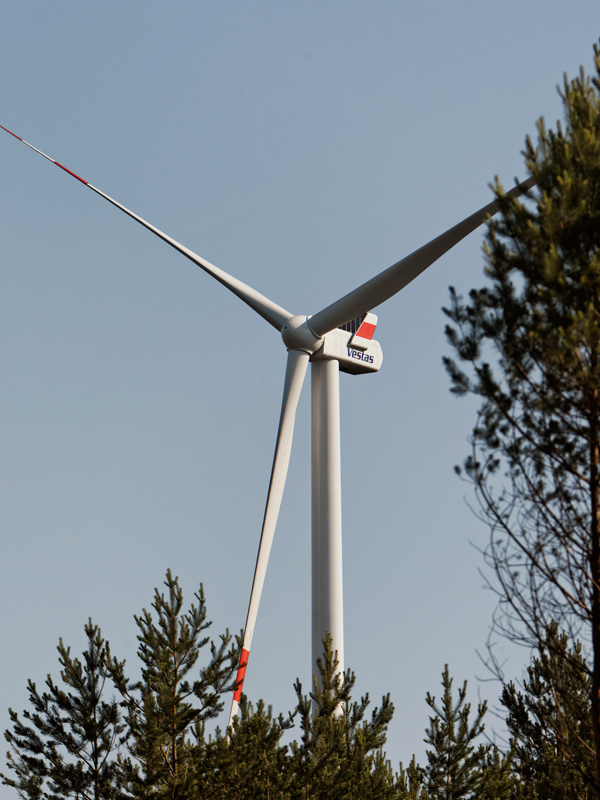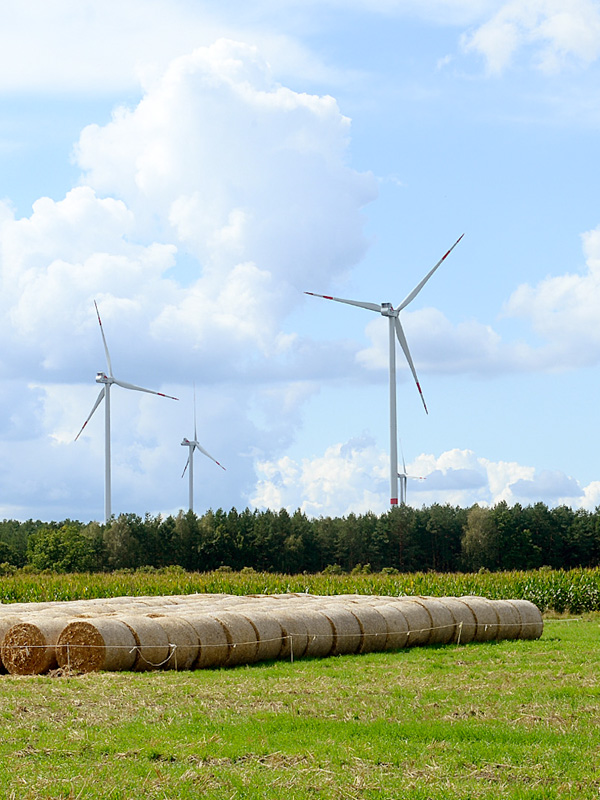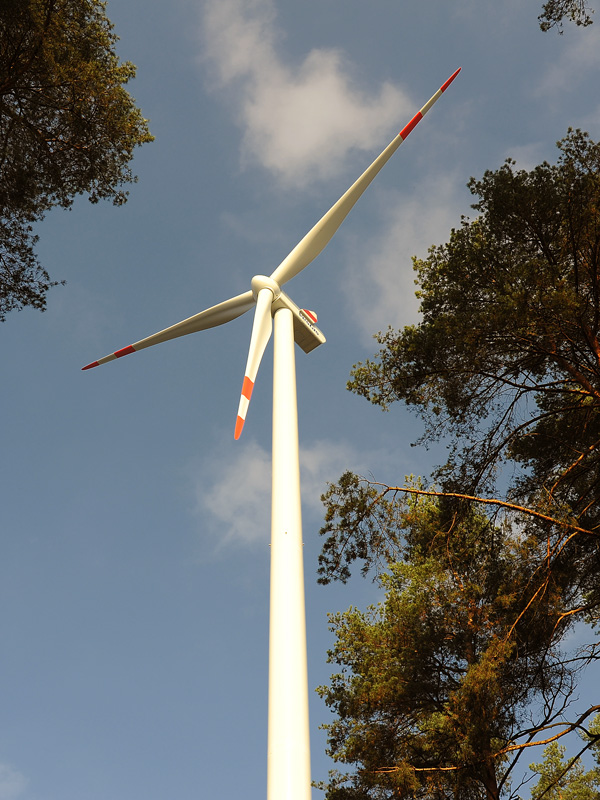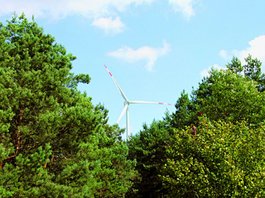UKA – we are experts in forest wind energy
Forests are the greatest means of climate protection our Earth has – not only as natural carbon reservoirs, but also as effective sites for generating environmentally friendly wind energy. Wind turbines in forests therefore protect people without destroying the forest’s habitat.
Building wind turbines in a forest setting can only be achieved by experienced project developers, so that the forest remains preserved as a natural habitat and recreational area worthy of protection. UKA implements forest wind energy projects in areas with monocultures – primarily in areas used to grow coniferous wood. As a basic principle, ecologically important forests are excluded from the choice of acreage.
The UKA Group has already installed more than 80 wind generators in commercial forests. These include both expansion turbines for existing wind farms as well as major projects, such as the Klein Leine wind farm (Brandenburg, Dahme-Spreewald district), which has 22 3.3-3.45 megawatt wind turbines.
Forest projects
Additional income for forest owners
Thanks to the compatibility of wind energy with other forms of forest development it represents an additional source of income for forest owners: they can benefit from a leasing income for the site, or profits gained from their own financial involvement in the investment.
Five benefits of forest wind energy
- Generating wind energy in a forest is both effective and economical. With the towers in use today, which rise up to 170 metres in height, the rotors are situated in an air layer that is characterised by high wind velocities. Their height means that the yield-diminishing turbulence of the treetops is virtually eliminated.
- Forests offer new wind energy sites that are urgently needed as part of the energy revolution.
- The increase in the hub height has other advantages too: firstly, towers higher than 100 metres lead to around a one per cent increase in revenue for every extra metre of height. Secondly, power generation can also be enhanced through the use of longer rotor blades.
- The installation of wind turbines in commercial forests away from human habitation protects people. The trees act as a screen hiding the towers from sight so that the towers can hardly be seen, even from close up. In addition, the background noise of the forest usually blocks out that of the wind turbines. People who live in the area do not, therefore, feel that their quality of life is constrained by the shadows or noise from the turbines.
- Species-rich mixed woodland is the result of the offsetting measures taken. For every square metre of cleared forest another is planted in another location on a 1:1 basis. This increases levels of biodiversity in monocultures and also benefits fire protection.

